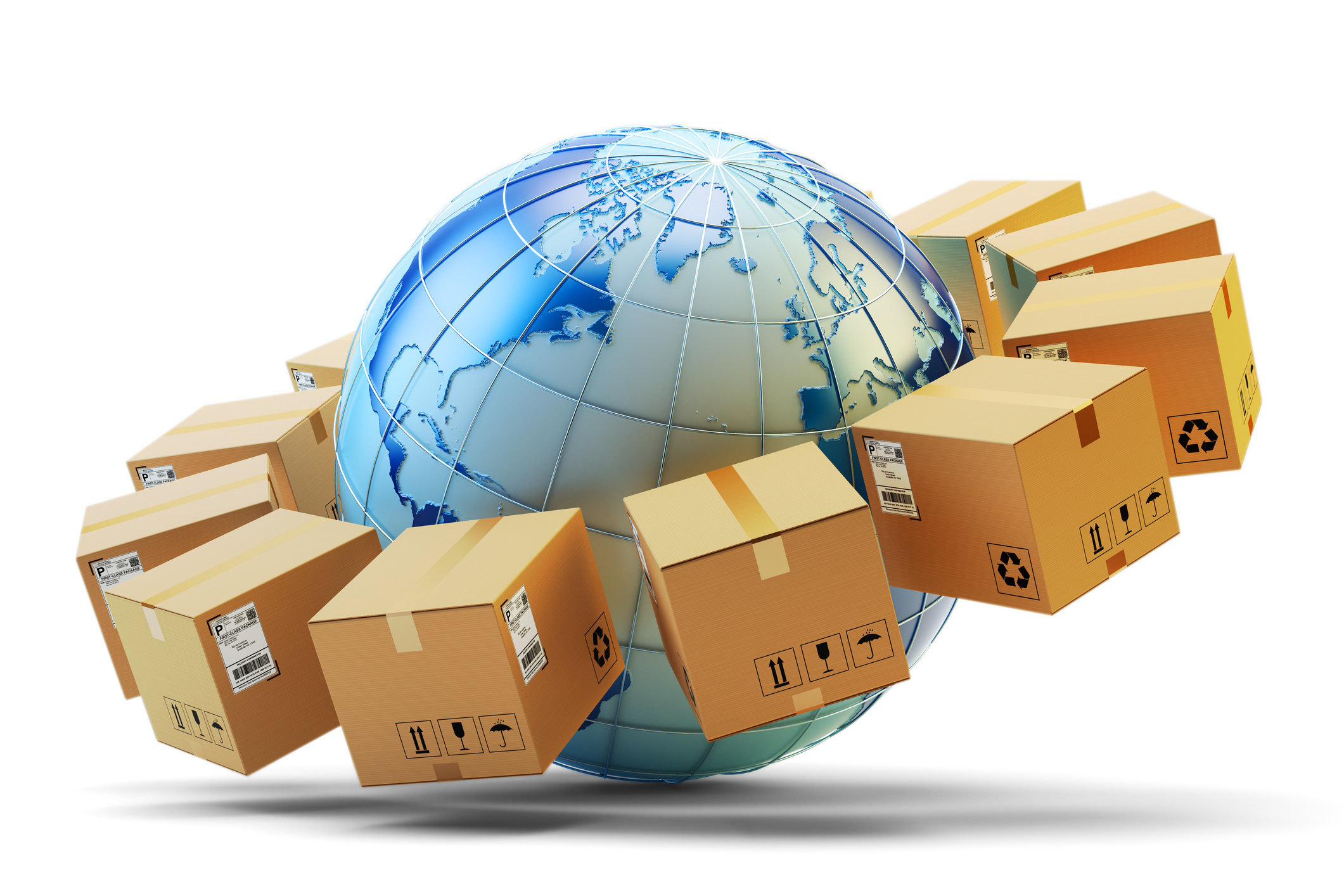Josh Tan highlights the challenges currently facing our export sector and the silver lining that lies ahead.
The first quarter of 2023 brought many new challenges and opportunities for New Zealand’s exporters. Despite holding an optimistic outlook for the year ahead, the country’s trade experts have heralded ‘the end of the golden weather’ for the sector.
There are three key things exporters should be keeping their eye on in 2023:
- Bringing inflation under control.
- Sorting out any issues with our end of the global supply chain.
- Ways to make it easier for exporters to recruit the skills and talent they need to operate.
Taming inflation
No doubt about it, if you ask consumers how they are feeling financially compared to just 12 months ago, theyll tell you the cost of ‘just getting by’ is getting harder to keep up with.
Domestically, inflation means the cost of doing business is costing more and more. The cost of importing materials from overseas has increased significantly over the past few years.
Globally, we’re seeing a cooling off on spending and consumer demand for goods. Inflation is an insidious and complex issue that eats away at household income and leads to many people tightening their purse strings, as they choose to ‘wait it out’.
Kiwi goods on shelves overseas can struggle to remain competitive, especially compared to a local alternative. For exporters, that could mean consumers choose to go without what they consider to be luxury items, as the price of keeping your goods on international shelves needs to keep up with inflationary prices.
Work out kinks in the supply chain
Like inflationary pressure, there is only so much we can do at home before we’re impacted by what happens abroad. Several international factors are currently making waves, with the ripples being felt here at the bottom of the world. Supply lines remain an issue, albeit one that seems to be working itself out slowly. Globally, supply chains look to be on track to reach stability by the end of the first quarter of 2023 as schedule reliability and vessel capacity availability both continue to improve.
With New Zealand at the end of the global supply chain, we continue to have a delayed reaction to global improvements. Recent weather events around the North Island have further delayed any improvements we would have seen, and labour shortages across our major ports are also having an impact.
We know the largest barrier to exporting from New Zealand is the cost and availability of transport and logistics. So it makes sense for us to get our own house in order first. We can do this by investing in our ports – including its people.
Recruitment
New Zealand has severe skill shortages across the board. Recent research by Sense Partners, commissioned by BusinessNZ, shows that things aren’t just anecdotally tight – we’re looking at a quarter-million person shortfall in labour by 2048.
Immigration has always been an important part of our economy, that’s why it’s vital that our immigration policy is as effective and efficient as possible, with a co-ordinated global attraction strategy in place. The export sector needs access to a larger talent pool in order to meet demand.
The bigger picture
While a little outside our control, it’s worth keeping an eye on what’s happening in the geopolitical space. For many of our primary industry exports, China continues to be the dominant market. As the region emerges from strict lockdowns and its zero-Covid policy, exporters are wise to watch closely for shocks and opportunity. Likewise, global restrictions on trade with Russia following their invasion of Ukraine will continue to cause disruptions for the foreseeable future.
Smaller countries like New Zealand had once been able to rely on the WTO and the rules-based international trade system. However, as the United States continues to block appointments to the Appellate Body, the Dispute Settlement process continues to be non-functioning. There is a temporary solution in place with a “coalition of the willing” of 53 WTO members (including New Zealand and most of our major trading partners) forming a group to review trade disputes and hear appeals in lieu of the WTO Appellate Body.
The silver lining
The hard work of our trade negotiators is producing favourable outcomes for exporters in 2023 and beyond. New Zealand exporters will (very soon) have a brand-new Free Trade Agreement to leverage.
The NZ-UK Free Trade Agreement will finally come into force this year – an agreement announced in 2022 which among other things will remove 99.5 percent of tariffs on New Zealand goods entering the UK.
This FTA would potentially also increase New Zealand exports to the UK by up to 53 percent, by the time it is fully implemented.
The NZ-European Union FTA will soon begin its journey through New Zealand parliament too.
So whatever 2023 throws at us, we can continue to improve our situation by advocating for change in the areas that make a significant impact to exporters.
ExportNZ will continue to champion the sector in your region and central Government.
Josh Tan oversees policy and advocacy for ExportNZ.




